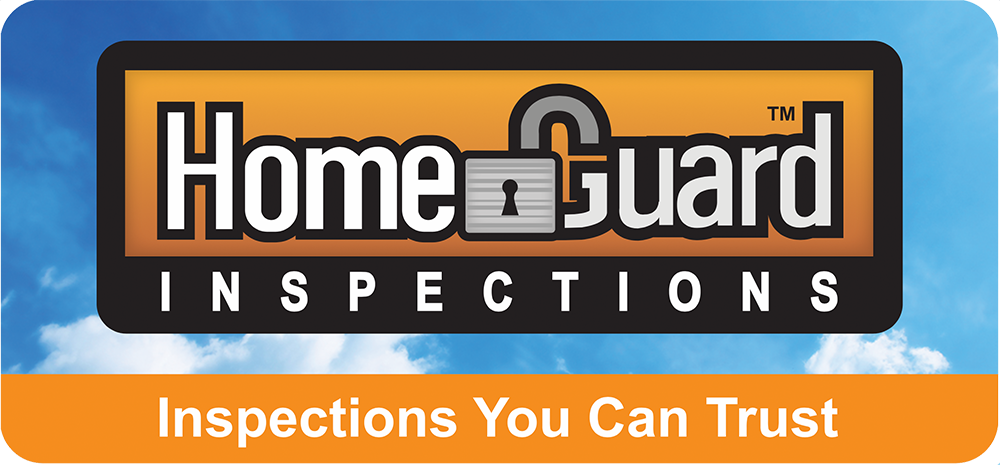Introduction
If you’re in the market for an older home, or a home that was built 50 to 100 years ago, there are a few things you’ll want to keep in mind in during your home buying process. From dealing with crumbling foundations, galvanized plumbing supply pipes, antiquated electrical wiring systems, and original roofing materials, here are four tips for buying an older home.
Tip No. 1 – Check for Deterioration in Foundation
The foundation in an older home may be cracked, settled, rotted, or otherwise in poor condition. Many older homes feature sandstone, brick, or wood foundations that have been exposed to the elements for many decades, resulting in inadequate support structures. Cracks, rot, and settling can be a sign of a sandstone foundation that has not been maintained properly. Wood foundations are particularly susceptible to water and structural damage, making it important for homeowners to inspect for signs of deterioration such as weak posts or slopped floors. When purchasing a home, you should seek to determine whether repair and maintenance are required to preserve the home’s foundation from further damage or a complete collapse.
Tip No. 2 – Check for Corroded Galvanized Piping
The plumbing system in an older home can still have galvanized water supply piping which is difficult to repair, may have leaks, and more than likely is corroded on the inside. Galvanized piping, commonly seen in older homes, can be hard to repair and is often corroded on the inside due to age and prior use. Unfortunately, it can also result in costly repairs and leaks, leading to a decrease in water pressure. As galvanized pipes age they become increasingly difficult to work with and prone to leaks, resulting in frequent repairs or complete pipe replacements. Therefore, if you are considering buying an older home with galvanized water supply piping it’s important to keep an eye out for any signs of corrosion or leaks that may require expensive repairs.
Tip No. 3 – Check for Safe Electrical Grounding
The electrical system in an older home can be undersized, antiquated, and lack modern grounding features. Older homes can present unique electrical system issues that modern households don’t need to consider. Ungrounded wiring or unbonded panels can be a safety hazard, making it difficult to get homeowner insurance approved or may result in higher premiums. It also can cause issues with some of today’s electronics requiring three-pronged outlets for safe connection. Unfortunately, these upgrades are often expensive and time-consuming, requiring the skilled labor of an electrician to insulate
outdated wiring and ensure proper grounding is in place before any electronics can be used safely. Even small upgrades such as an outlet or the addition of a light fixture may require additional repairs if upgrades are needed to keep pace with current codes and regulations.
Tip No. 4 – Check for Aging Wood Shingles
The home’s roofing materials may still have original wood shingles underneath the top visible roof covering which causes the roof to be vulnerable to repairs, can raise your insurance premium, or make it difficult to obtain insurance. If the roof of the home is showing a lot of waves, and curling shingles, the roof may still have the original wood shingles underneath the existing roof covering which will be prone to leaks or wind damage and could cost you increased insurance premiums. Replacing these aging wooden shingles can be an expensive and time-consuming process, so it is a good idea to know what is underneath the existing roof covering so you know what you’re buying and what to expect down the road.
Bringing it All Together
It is important to be aware of aging structures and systems when considering buying an older home. The foundation may be crumbling or unstable, the plumbing system can be galvanized with rust issues, the electrical system may not meet code, plus the roofing may be near the end of its expected useful life. As an informed homeowner, you may want to hire a professional home inspector who has experience in dealing with these problems in older homes. Don’t let age keep you from buying your potential dream home but know what you are getting into and make sure there’s enough budget for repairs and renovations if needed. Finally, be sure to check with your insurance company or obtain some insurance quotes to be sure you can afford to buy adequate insurance coverage for your new home before closing on the sale.
HomeGuard Inspections™ offers home inspection and commercial property inspection services in the Salt Lake City metropolitan area from Ogden to Spanish Fork and Heber to Tooele. Contact us to request an appointment.

